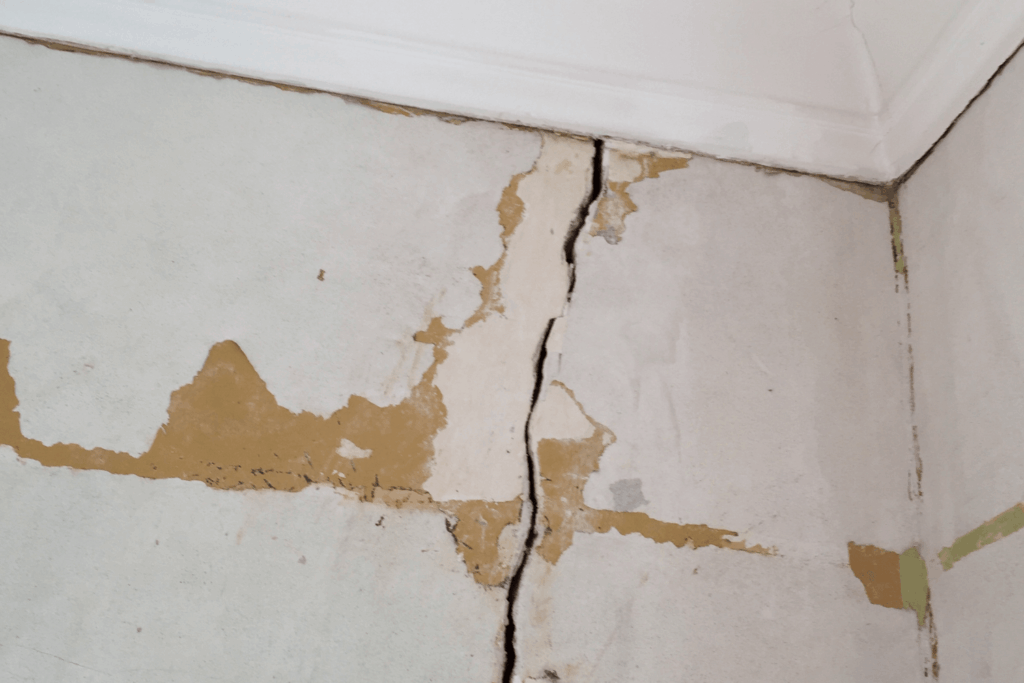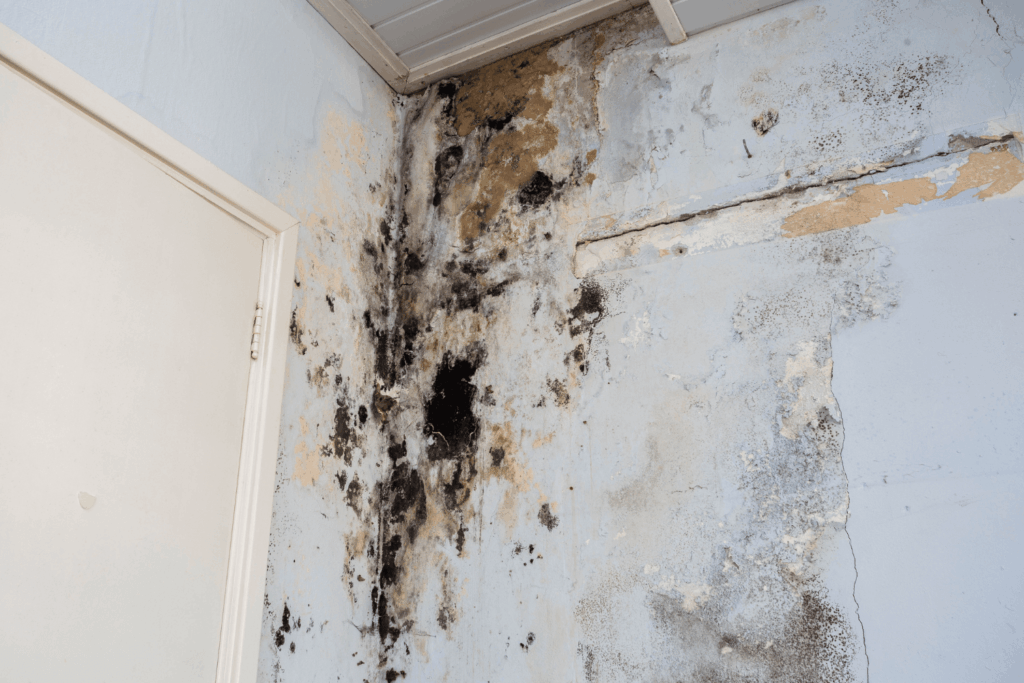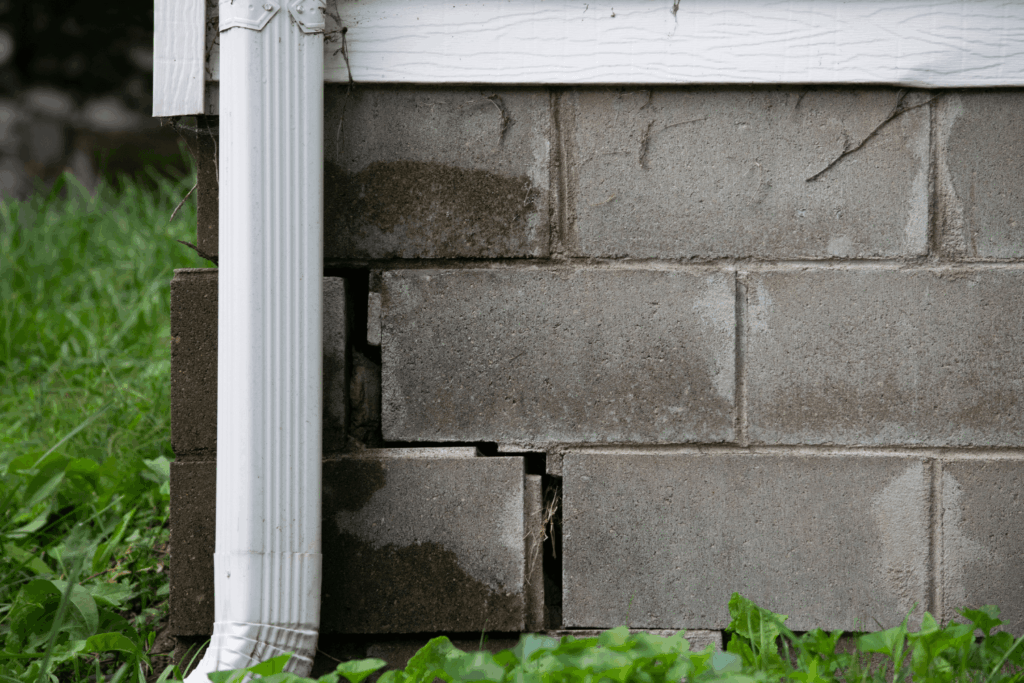Old homes have character: arched doorways, solid wood trim, and the kind of craftsmanship rarely seen in modern construction. But along with that charm can come a set of hidden issues, especially when it comes to old basements and aging foundations.
If your home is more than 50 years old, there’s a good chance it wasn’t built with today’s waterproofing standards or drainage systems in mind. Over time, these homes can develop structural weaknesses that lead to water damage, shifting foundations, and other costly problems.
This guide will help you understand the most common foundation issues in old homes, what warning signs to look for, and how old house foundation repair can preserve your investment.
Why Older Homes Are More Vulnerable
The foundations of older homes were often constructed from materials like fieldstone, unreinforced concrete, or brick. These materials were durable for their time but more prone to moisture intrusion and shifting over the decades. Unlike modern homes, older properties often lack proper drainage systems, such as sump pumps, footing drains, vapor barriers, or sealed concrete.
In many cases, homes built prior to the 1970s were not waterproofed during construction. As the soil around them has settled, shifted, or absorbed moisture over time, their foundations have been subjected to increased stress, leading to cracks, bowed walls, and basement leaks.
Common Foundation Issues in Old Homes

1. Cracked Foundation Walls
Small hairline cracks are common in concrete over time, but larger, expanding cracks in an old home can signal structural movement or hydrostatic pressure. Diagonal or horizontal cracks are especially concerning and may indicate a shifting foundation that needs immediate evaluation.
2. Uneven or Sloping Floors
If your floors feel slanted or you’ve noticed a “dip” when walking through certain rooms, it could be a sign that the foundation has settled unevenly. This is especially common in homes with crawl spaces or older pier-and-beam systems.
3. Doors and Windows That Stick
When the foundation shifts, it affects the alignment of everything built on top of it, including door and window frames. Sticking, jamming, or misaligned doors can often trace back to foundational issues.
4. Bowing or Bulging Basement Walls
In old basements, clay-rich soils and years of hydrostatic pressure can cause walls to bow inward. This condition worsens over time and can lead to structural failure if not addressed. Wall anchor systems or interior bracing may be required to stabilize the foundation.
Basement Problems Common in Older Homes
Old homes frequently have unfinished basements or cellars that were never intended to be fully dry, usable spaces. However, with changes in home use and expectations, these areas are now used for storage, laundry, and even living space.
Water Intrusion
The most common issue is water entering through foundation cracks, porous walls, or under basement floors. Even a small amount of moisture can lead to mold, wood rot, and ruined belongings.

Mold and Musty Odors
High humidity and organic material in older homes create the perfect environment for mold growth. If your basement smells musty, it likely has a moisture problem, even if there’s no visible water.
Efflorescence
That white, powdery residue on the walls? It’s not mold, but a mineral deposit known as efflorescence. It indicates that water is seeping through the foundation walls and evaporating on the inside, a key warning sign.
Why Old House Foundation Repair Needs a Specialized Approach
Fixing foundation or basement issues in an older home isn’t just a matter of plugging leaks or sealing cracks. The repair strategy should respect the construction methods used when the home was built and adapt them to modern waterproofing standards.
For example, simply sealing an old stone foundation with waterproof paint can actually trap moisture and worsen the problem. Instead, a tailored combination of structural reinforcement, proper drainage, and breathable waterproofing is more effective and lasting.
At AM Wall Anchor & Waterproofing, we specialize in assessing historic foundations and crafting repair plans that preserve the home’s integrity while protecting it from further damage.
How to Protect Your Old Basement Moving Forward
Once issues are identified and repaired, the goal becomes prevention. Here’s how homeowners can future-proof their old basements:
- Install or upgrade a sump pump: Older homes often lack this critical component. A modern pump with a battery backup provides 24/7 protection.
- Improve exterior drainage: Regrade soil, extend downspouts, and ensure that water is diverted away from the home.
- Add interior waterproofing: French drains, wall vapor barriers, and sealants can be added inside to manage moisture and relieve pressure.
- Monitor humidity: A basement dehumidifier can prevent long-term damage from condensation and mold.
- Schedule annual inspections: Catching small signs early, like a widening crack or shifting step, can prevent major structural repairs.
Preserve the Character Without Compromising the Structure
Owning an older home is a unique privilege, but it also requires a different level of care. Ignoring signs of foundation movement or basement moisture can lead to expensive repairs and even health risks from mold or air quality issues.
If you suspect your home is showing signs of foundation issues in an old home, or if your old basement feels damp, musty, or unstable, the best time to act is now.
At AM Wall Anchor & Waterproofing, we understand the structural nuance and charm of older properties. From old house foundation repair to basement waterproofing and structural stabilization, we offer solutions that protect both the history and future of your home. Contact us today to schedule your free quote.

